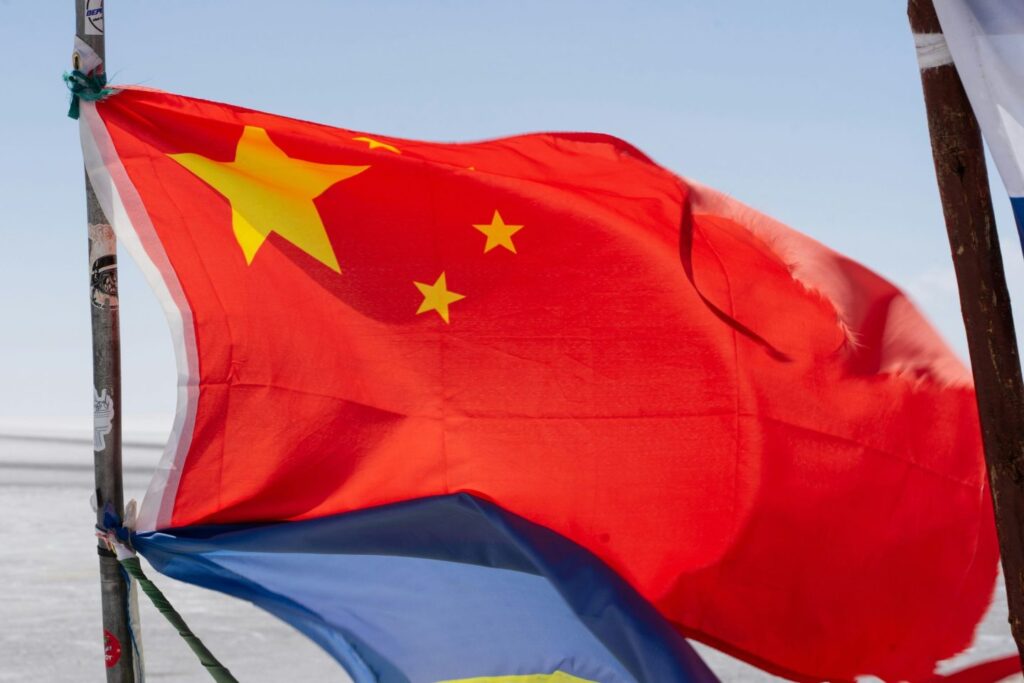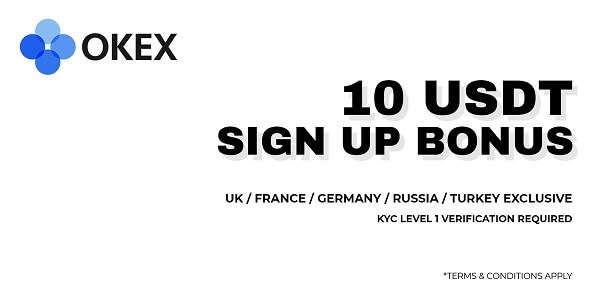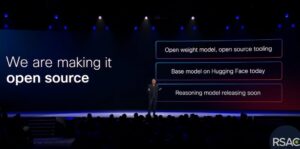US eyes AGI breakthrough in escalating China tech rivalry

The emerging US-China Artificial General Intelligence (AGI) rivalry could face a major policy transformation, as the US-China Economic and Security Review Commission (USCC) recommends a Manhattan Project-style initiative and restrictions on humanoid robots in its latest report to Congress.
Released in November 2024, the Commission’s annual report outlined 32 recommendations that could fundamentally alter how the two countries interact, with artificial intelligence taking centre stage in a new chapter of strategic rivalry.
US-China: the AGI moonshot and critical tech controls
At the heart of the report lies an ambitious proposal: establishing a government-backed programme to develop AGI – AI systems that could match and potentially exceed human cognitive abilities.
However, the recommendation is just one piece of a larger technological puzzle, including export controls, investment screening, and new trade policies to preserve US technological advantages.
The proposed AGI initiative would provide multi-year contracts to leading AI companies, cloud providers, and data centre operators. It would be backed by the Defense Department’s highest priority, “DX Rating” – a designation typically reserved for critical national security projects.
This level of government involvement in AI development mirrors the urgency seen in previous technological races. It raises crucial questions about the role of state intervention in an industry primarily driven by private sector innovation.
The Commission’s tech-focused recommendations extend beyond AI. Notable proposals include restricting imports of Chinese-made autonomous humanoid robots with advanced dexterity, locomotion, and intelligence capabilities.
The report also targets energy infrastructure products with remote monitoring capabilities, reflecting growing concerns about connected technologies in critical infrastructure. The report builds on existing export controls in the semiconductor space by recommending stronger oversight of technology transfers and investment flows.
This comes as China continues to build domestic chip-making capabilities despite international restrictions. The Commission suggests creating an Outbound Investment Office that prevents US capital and expertise from advancing China’s technological capabilities in sensitive sectors.
Reshaping trade relations and investment flows
Perhaps most significantly, the report recommends eliminating China’s Permanent Normal Trade Relations (PNTR) status—a move that could reshape the technology supply chain and trade flows that have defined the global tech industry for decades. This recommendation acknowledges how deeply intertwined the US and Chinese tech ecosystems have become, while suggesting that this interdependence may now pose more risks than benefits.
Data transparency is another key theme, with recommendations for expanded reporting requirements on investments and technology transfers. The Commission calls for better tracking of investments flowing through offshore entities, addressing a significant blind-spot in current oversight mechanisms.
The report’s release comes at a critical juncture in technological development. China’s push for self-sufficiency in vital technologies and its “new quality productive forces” initiative demonstrates Beijing’s determination to lead in next-generation technologies. Meanwhile, AI capabilities and quantum computing breakthroughs have raised the stakes in technology competition.
However, the Commission’s recommendations face practical challenges. Achieving AGI remains a complex scientific challenge that may not yield quick results, regardless of funding levels. Additionally, restrictions on technology transfers and investment could have unintended consequences for global innovation networks that have historically benefited both nations.
If these recommendations are implemented, the tech industry may need to navigate an increasingly complex regulatory landscape. Companies would face new compliance requirements for international investments, technology transfers, and collaborative research projects.
Challenges and future implications
The effectiveness of the proposed measures will likely depend on coordination with allies and partners who share similar technological capabilities and concerns. The report acknowledges this by recommending multilateral approaches to export controls and investment screening.
US-China technological competition has entered a new phase where government policy may play a more direct role in shaping development. Whether this approach accelerates or hinders innovation remains to be seen, but the tech industry should prepare for increased scrutiny and regulation of international technological collaboration.
(Photo by Nathan Bingle)
See also: Chinese firms use cloud loophole to access US AI tech
Want to learn more about AI and big data from industry leaders? Check out AI & Big Data Expo taking place in Amsterdam, California, and London. The comprehensive event is co-located with other leading events including Intelligent Automation Conference, BlockX, Digital Transformation Week, and Cyber Security & Cloud Expo.
Explore other upcoming enterprise technology events and webinars powered by TechForge here.













